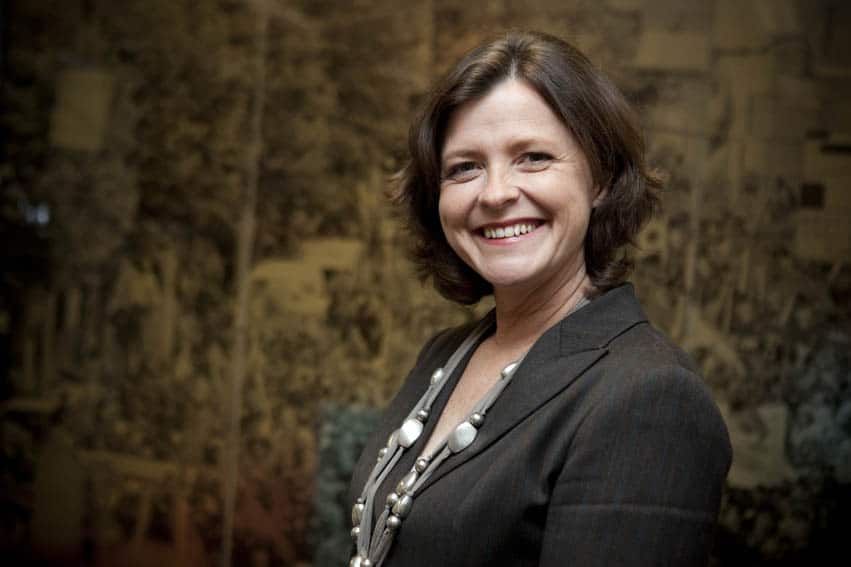The Australian Council of Trade Unions (ACTU) has issued a media release aimed at addressing or countering some of the concerns over new OHS laws expressed by the business community and some politicians recently.

ACTU President Ged Kearney has said
“Attempts by employer groups to weaken the new regulations are yet another example of business putting profits before safety….. Employer groups called for a national set of health and safety laws, and we would have thought that business would welcome a tough approach to OHS regulations.”
Sympathy for business is unlikely from the union movement but some sympathy is warranted. Australian business was promised that new work health and safety laws would reduce the business costs of complying with laws that differed from across a number of jurisdictions. As companies begin to assess the impacts of new laws on their own business operations, as all companies surely must do, they are noticing additional costs for compliance. Continue reading “Trade unions enter debate on profits vs safety”

 SafetyAtWorkBlog was allowed to see a version of the survey results prior to their public release next week but according to the media release of 6 April:
SafetyAtWorkBlog was allowed to see a version of the survey results prior to their public release next week but according to the media release of 6 April: Keith Brown was the CEO of South Australia’s Workcover Corporation earlier this century. He has told InDaily that he lost his position due to a change in the politics of the state and has not been welcome since. (A more personal perspective on Brown was provided by Rosemary McKenzie-Ferguson in a January 2011
Keith Brown was the CEO of South Australia’s Workcover Corporation earlier this century. He has told InDaily that he lost his position due to a change in the politics of the state and has not been welcome since. (A more personal perspective on Brown was provided by Rosemary McKenzie-Ferguson in a January 2011 